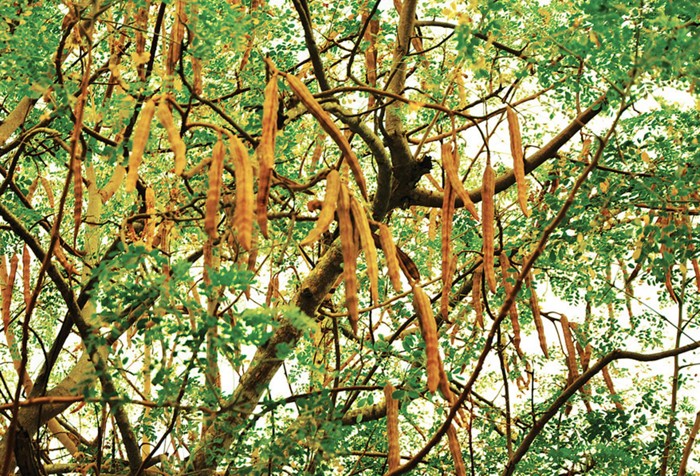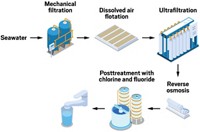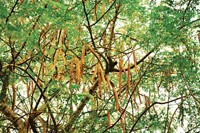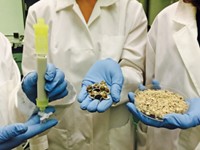Advertisement
Grab your lab coat. Let's get started
Welcome!
Welcome!
Create an account below to get 6 C&EN articles per month, receive newsletters and more - all free.
It seems this is your first time logging in online. Please enter the following information to continue.
As an ACS member you automatically get access to this site. All we need is few more details to create your reading experience.
Not you? Sign in with a different account.
Not you? Sign in with a different account.
ERROR 1
ERROR 1
ERROR 2
ERROR 2
ERROR 2
ERROR 2
ERROR 2
Password and Confirm password must match.
If you have an ACS member number, please enter it here so we can link this account to your membership. (optional)
ERROR 2
ACS values your privacy. By submitting your information, you are gaining access to C&EN and subscribing to our weekly newsletter. We use the information you provide to make your reading experience better, and we will never sell your data to third party members.
Water
Filter made with tropical tree seeds purges viruses from water
Sand coated with Moringa seed extract could offer inexpensive, sustainable drinking water filtration
by Deirdre Lockwood, special to C&EN
November 4, 2019


More than a million people die each year from severe diarrhea caused by contaminated water, according to the Global Burden of Disease Study 2016. Viruses are often to blame: in fact, rotavirus is the leading cause of these deaths. But it’s been challenging to find effective, inexpensive, and practical ways to remove these minuscule pathogens from drinking water in the developing world, where waterborne disease is most prevalent.
Enter Moringa oleifera, a tropical tree whose seeds have long been used by indigenous people to purify water. Last year, Manish Kumar of the University of Texas at Austin, Stephanie Velegol of the Pennsylvania State University, and their colleagues introduced a prototype water filter made with a column of sand coated with an extract from Moringa seeds. Though it effectively stripped bacteria from water, “we knew we wouldn’t be able to have worldwide impact unless we could also remove viruses,” Velegol says. Now the researchers show that the system eliminates 99.99999% of MS2 bacteriophage, a well-studied virus similar to rotavirus, from water—a viral reduction surpassing the 99.99% required by the US Environmental Protection Agency for drinking water (Environ. Sci. Technol. 2019, DOI: 10.1021/acs.est.9b03734).
The researchers find that the system grabs the virus so efficiently because a protein in Moringa seeds called MoCBP binds to a protein on the capsid, or shell, of the virus. Molecular docking simulations predict a similar response with rotavirus. The team is now working to refine and scale up the filtration system.





Join the conversation
Contact the reporter
Submit a Letter to the Editor for publication
Engage with us on Twitter